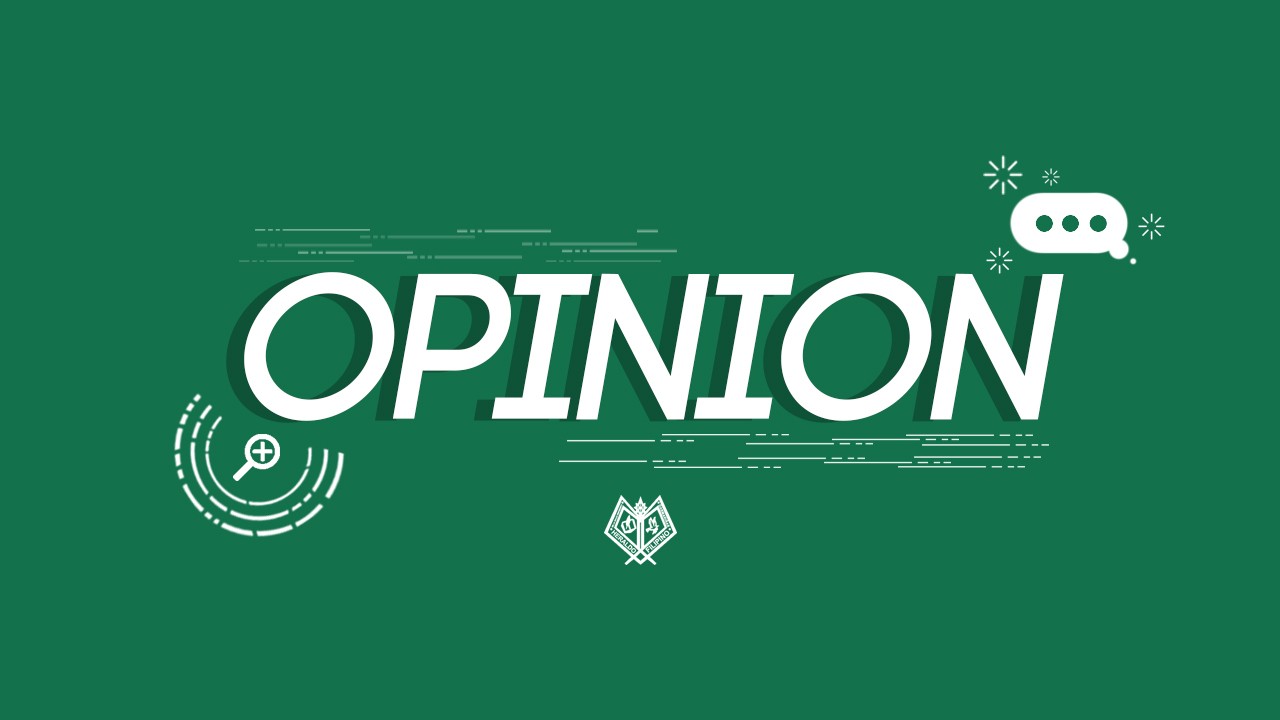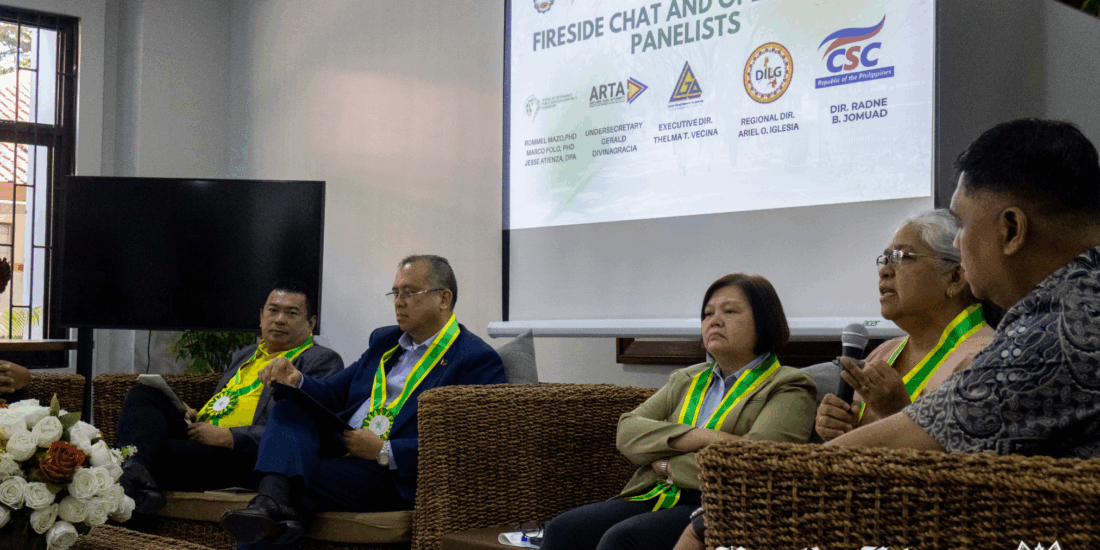There is no going back to “normal”
Originally published in The HERALDO FILIPINO Broadsheet Vol. 34 Double Issue
If you think that the problems brought about by COVID-19 will end at the tip of a needle, think again. Poor healthcare systems, lack of safety nets for workers, incompetent governance, and lack of accountability—these problems were evident long before COVID-19 struck, and we’re only seeing them now because the situation demands we look at them. The harsh reality is that there’s simply no going back to normal, especially if normal was the problem.
The past few months revealed not just the glaring flaws of our system, but rather, tested the mettle of those we call leaders and experts in their fields. In our own country, they struggle to put words into action, and point fingers because of the obvious dissonance between theory and practice. COVID-19 is a long battle overshadowed by all the other battles we had to deal with. We aim to charge ahead without properly addressing what comes in the present, and sweep difficult problems under the rug like they never existed. In short, what we see today is not just COVID-19 in its full force. This is decades’ worth of problems compounded as the years pass by, showing its true nature in the face of a pandemic.
Before the pandemic, ignoring problems such as poverty, corruption, climate change and injustice was the norm. Privilege allows us to close our eyes, and deny their existence because of more “pressing matters” to deal with, including our daily hustle. But a global halt, followed by the stretch of weeks with no clear outcome, brought these issues right in our faces like a monster baring its teeth for the kill. All of a sudden, we cannot close our eyes anymore.
Contrary to the ecofascist belief that humans are the problem, COVID-19 reveals that the real problem is systemic. Our idea of normal, which mostly consists of providing the bare minimum and catering only to the privileged few, shows how selective recovery proves to be counterproductive in the long-run. To put it deeply in context, one vaccine won’t be any use, if the masses are unable to use it. Now, we see that the numbers on the table are more than statistics. They are lives on the line, with some being closer to us than we think.
The changes between the past few months were driven out of need, now we have the chance to make the changes intentional. To take the first step in creating a better normal, asking ourselves: what shouldn’t be normal?
COVID-19 is neither a curse or a blessing. Remove its politics, and we see the virus for what it is: an elusive, highly-contagious virus with no known cure. But the normal is a curse for many and a blessing for some. The normal persisted for years, and the normal discriminates against its own people. The normal takes too long to respond. The normal is splashed with political colours, packaged in red tape.
The normal comes with projected numbers, assets and losses compiled in a stack of paper. The normal is a mess of band-aid solutions over life threatening wounds, made to rot and fester in time. Our normal doesn’t work. It hasn’t been working for quite some time now.
As the new normal remains as a million-dollar question, we have to accept that we have been forced to the point of no return—where the old normal is no longer possible. If the normal dictates that we must be able to endure, the normal must be able to make every second count, contributing every moment of endurance to a solution that doesn’t reek of mere compromise. If the normal dictates that we stay strong, then it must give us means that allow us to do so.
The challenge for a better normal is daunting, especially for a mere citizen who barely gets through the day. Breaking the old normal may take years, decades, and perhaps even more than a lifetime. Given the amount of time that made the old normal the way it was, taking form and spreading its roots throughout the years. Some might ask themselves, if we couldn’t change back then, what’s the point of trying to change now?
However, COVID-19 has proven that even “normal” is a social construct, and can change at any given time. Whereas the changes between the past few months were driven out of need, now we have the chance to make the changes intentional. To take the first step in creating a better normal, asking ourselves: what shouldn’t be normal? If your normal revolves around letting things stay as it is, then we’d hate to break it to you, but you are part of the problem.




